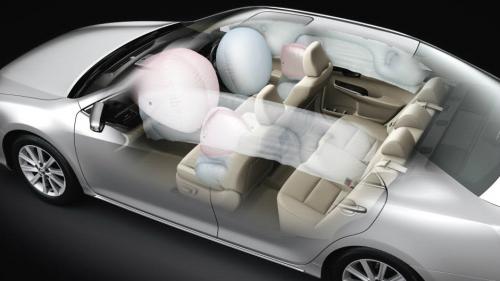What is the Supplementary Restraint System of a Vehicle?

The
supplementary restraint system (SRS) or airbag system warning light
typically appears on the dashboard of a vehicle. It is a computerised
passive system that is designed for automatically deploying airbags
and tightening the seatbelts to protect occupants of the vehicle in
case of accidents involving collisions. For a supplementary restraint
system to activate, it is necessary that the seat belts be latched on
the vehicle’s occupants every time. There are several workshops
which offer automotive
training courses in Ireland,
including various informative courses about the working of the
supplementary restraint system of vehicles.
The
concept and design of the original supplementary restraint system was
first idealised as well as formed in 1952. However, the commercial
use of airbags in vehicles could be achieved after 1970. Since then,
the supplementary restraint system has gone through several formative
changes.
A
supplementary restraint system, in general, constantly analyses the
data received from motion sensor, accelerometers, speed sensors,
steering sensors, sensors for vehicle angle, and seat belt sensors of
the vehicle. When the vehicle collides with any object, the
activation criteria of the supplementary restraint system is reached
and then the system chooses which airbags to eject and also the seat
belts that need to be tightened. The main purpose of the
supplementary restraint system is to cushion the impact of collision
and prevent injury to the vehicle’s occupants from concussion of
the driver’s head against the dashboard, steering wheel or
windscreen.
At
the time the vehicle is started, the supplementary restraint system
warning light is expected to illuminate for an estimated time period
of 1 to 5 seconds. During this time, the system normally goes through
a sequence of self-analysis. Once the light turns itself off, it can
safely be assumed that the supplementary restraint system is running
properly. However, if the warning light stays active even after the
self-evaluation progression, then there is a undoubtedly a glitch in
the system. At this stage, the supplementary restraint system is
disabled and will not eject airbags or tighten seat belts in case of
accidental collisions.
Since
a faulty supplementary restraint system can put the safety of the
drivers as well as the passengers in jeopardy, a vehicle in which the
warning light stays on should immediately be taken to an auto repair
shop so that the problem can be properly inspected and resolved. It
is often recommended to check the potential recalls for the vehicle
because some supplementary restraint system repairs might possibly be
covered by extended warranties or recalls.
Comments